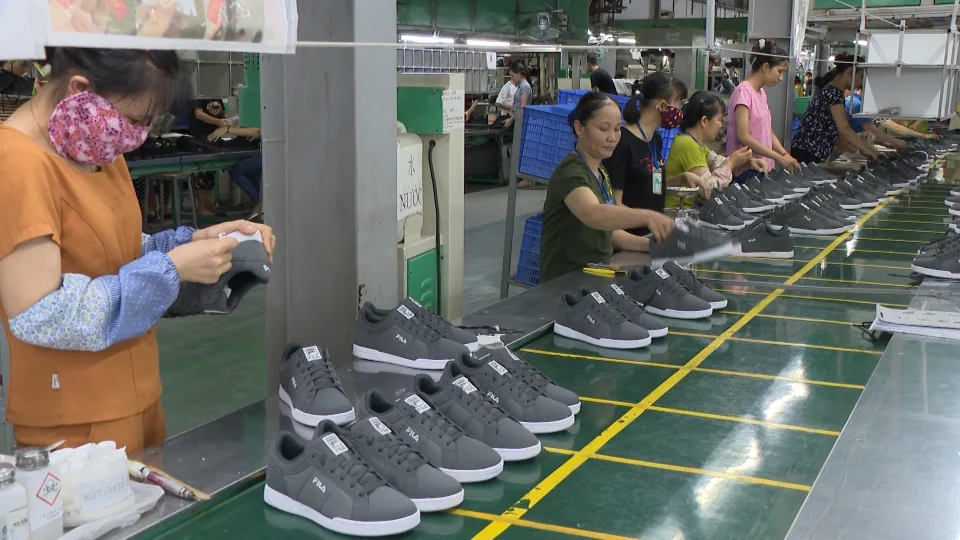The leather and footwear industry has had positive growth this year, with export turnover reaching over 26 billion USD, an increase of about 10% compared to last year.
Of which, the footwear export sector still maintains its leading position in the world, with about 1.4 billion pairs per year. The Vietnam Leather , Footwear and Handbag Association said that despite facing pressure to reduce prices, high quality requirements, sustainability criteria, increasing input costs and labor shortages, the industry still achieved good revenue last year.
Ms. Phan Thi Thanh Xuan, Vice President and General Secretary of the Vietnam Leather, Footwear and Handbag Association (Lefaso) said that leather and footwear is one of the key export industries of Vietnam with export output accounting for 95% of total production output. Vietnamese leather and footwear also has a high position, ranking 3rd in the world in terms of production capacity and 2nd in the world in terms of annual export output; in which, the EU is the 2nd largest export market, only after the US with a market share of about 26 – 28%; the main export products to the EU are sports shoes, leather shoes and hats.
Analyzing further the context, Ms. Phan Thi Thanh Xuan informed that if in the past, sustainable development was only a criterion that brands encouraged to apply to enhance their competitive advantage, today it has become a mandatory and legalized trend. This is clearly demonstrated through a series of EU laws and policies that have been promulgated and implemented such as supply chain assessment, anti-deforestation policies, emission inventories and carbon border adjustment mechanisms (CBAM). These policies are currently focused on large-scale application, but that does not mean that small and medium-sized enterprises will not be affected. Next are some policies being discussed such as eco-design, the law on broad responsibility for producers, etc.
The current problem is that while policy makers in the export market are working very hard, information to businesses is still very limited. Many businesses have heard about this policy or that law, but to fully understand how the content will be implemented, what the roadmap is and what businesses need to prepare is almost impossible because the information accessed is fragmented and unsystematic.
“Policy-making units need to urgently develop specific plans and roadmaps to help industry associations update information, train and guide businesses on how to meet technical requirements according to new trends. Another problem is that as standards become higher, businesses’ compliance costs become higher and these costs do not serve to improve product quality but to carry out many overlapping procedures. Therefore, it is necessary to streamline specialized management agencies to reduce time and costs for businesses. On the contrary, businesses should not wait for customers to request but must proactively change technology, digitally transform, improve the quality of human resources, and meet green production requirements to create competitive advantages for their products and brands,” Ms. Xuan suggested.
















